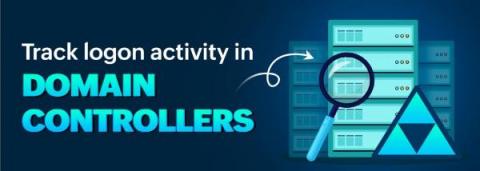ADAudit Plus User Logon Reports, Part 5: Detect users' last logon times on workstations
ManageEngine ADAudit Plus is a UBA-driven auditor that bolsters your Active Active (AD) security infrastructure. With over 250 built-in reports, it provides you with granular insights into what’s happening within your AD environment, such as all the changes made to objects and their attributes. This can include changes to users, computers, groups, network shares, and more.











